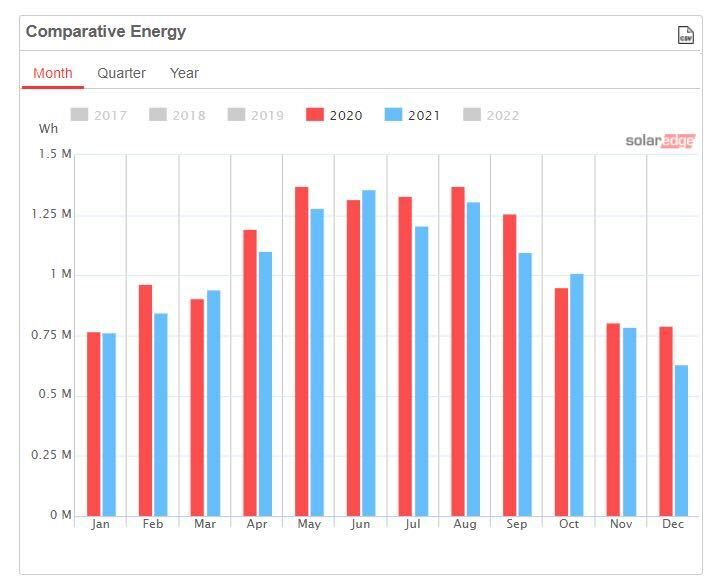If you’re a SunPower by Eco Solar Hawaii customer and your HECO bill has increased, this Blog is for you.
We know that you chose to get Solar installed on your rooftop to lower your electricity bill. Now that you have photovoltaic (PV) panels for your home, you might be wondering how your electricity bill could be higher.
The size of your electricity bill depends on many factors including local utility rates, energy consumption, variable weather, and in the rare instance a PV issue.
Understanding the common causes of high electric bills is one of the best things you can do to control the amount of energy you use. HECO provides excellent resources and as a PV system owner you can refer to these guides to understand your bill.
STEP 1: Check your HECO bill to see if the amount of kWH received (REC) is consistent with other months.
For NEM customers:
Download How to Read Your NEM Bill
For CGS Plus customers:
Download How to Read Your Customer Grid Supply Plus Bill
For Smart export customers:
Download How to Read Your Smart Export Bill
Local Utility Rates
When reviewing your HECO bill, consider the local utility rates. Electricity prices in Hawaii are generally higher than on the U.S. mainland due to the cost of imported oil used to power many of the islands’ generators. The fluctuation in the cost of fuel, which makes up roughly 50 percent of a typical bill, is the biggest driver.
If you were surprised by your last monthly statement, you’re not alone. Oahu has seen a 50% increase in cost kWh just this year.
Energy Consumption
Another factor to consider when determining why your bill is higher is the size of your system relative to your energy needs and what time of day you use energy.
Has your daytime energy consumption increased? Are you working from home now? Have you been entertaining out of town guests for the Holidays? Are kids home from college? All of these scenarios could mean more use of electricity and longer use of air conditioners – so the REC value could be affected.
STEP 2: Check your Solar Monitoring App. If you’ve considered local utility rate changes and your daytime consumption has not increased due to AC usage for example, the next step would be to review your Solar monitoring App.
Below are screenshots of the three Apps that you as a SunPower by Eco Solar Hawaii customer may have access to. Use your Tesla, SolarEdge or Enphase App to generate a report that compares PV production by month, over a minimum 2-year period.
Tesla:
SolarEdge:

Enphase:

*In the examples shown, there are no system issues and the fluctuations are within tolerance.
Once you have generated your report, compare the most recent full month’s PV production number with the same month the year prior.
Weather/PV Consumption
When reviewing your App report, consider Weather as a possible cause for the decrease in solar production.
High humidity, vog and Kona (southeasterly) winds can lead to higher electricity usage either from running an air conditioner or turning on additional fans. When comparing reports, PV production should be close, plus or minus 10% for variable weather.
If your PV production is significantly less than the same month from the prior year (50% or more), there may be an issue with the system. If you have a SunPower by Eco Solar Hawaii system, please complete the SERVICE REQUEST FORM.









